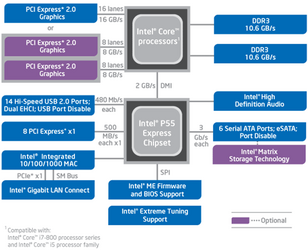- Joined
- Apr 14, 2011
- Thread Starter
- #161
Ryzen 2700 to be tested soon.
Welcome to Overclockers Forums! Join us to reply in threads, receive reduced ads, and to customize your site experience!
Ryzen 2700 to be tested soon.
I know that. I mean I remember I had a friend of mine who had a 775 motherboard and I was most certain had pcie3.0 when I looked it up at the timePCIe was from the NB back in the day. It wasn't until.....................(?)X58/Z87(?).............. PCIe moved into the CPU on the Intel side.
